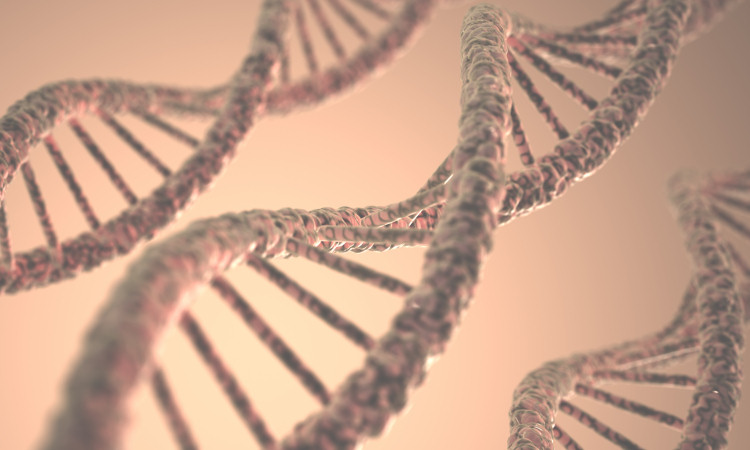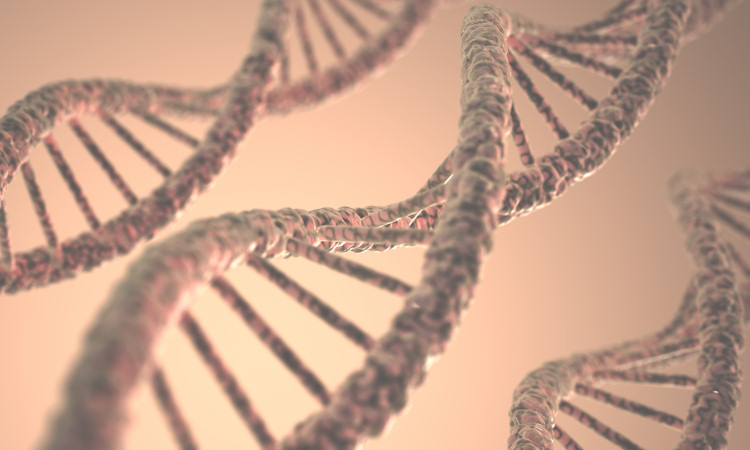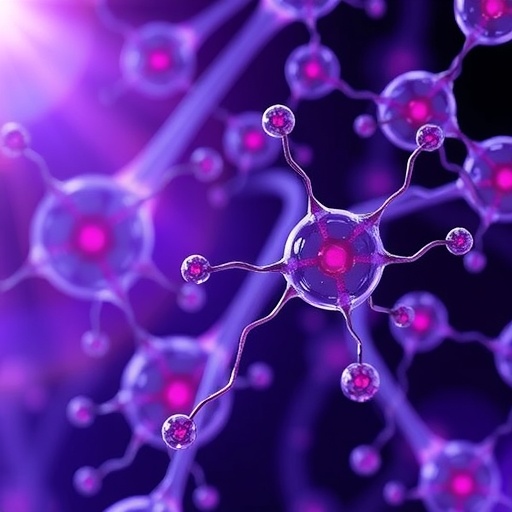
When researchers at the University of São Paulo (USP) in Brazil treated human melanoma cell lines with a synthetic compound similar to curcumin, one of the pigments that give turmeric (Curcuma longa) its orange color, they identified genes with altered expression in potentially invasive tumors and malignant cells resistant to chemotherapy.
According to the scientists, if further studies confirm the importance of these genes to disease progression and increasing chemoresistance, it will be possible to explore their future use as biomarkers to assist diagnosis and even as therapeutic targets.
Results of the research, which is supported by the São Paulo Research Foundation – FAPESP, have been published in the journal Pharmacological Research.
“Previous research by collaborators had already shown that DM-1, a compound analogous to curcumin, has anti-tumor activity at low doses. We set out to understand which genes this substance modulates and why it is toxic to melanoma but not to normal cells,” said Érica Aparecida de Oliveira, a postdoctoral scholar at USP’s School of Pharmaceutical Sciences (FCF).
As Oliveira explained, there are hundreds of papers attesting to the anti-oxidant, anti-tumoral, anti-microbial and anti-inflammatory properties of curcumin in the scientific literature. However, the therapeutic usefulness of this compound in its natural form is limited owing to poor absorption, rapid metabolization, and water insolubility. To solve this problem, scientists have developed synthetic analogues with minor structural modifications to make the molecule more stable in the organism.
DM-1 (sodium 4-[5-(4-hydroxy-3-methoxyphenyl)-3-oxo-penta-1,4-dienyl]-2-methoxy-phenolate) was synthesized some years ago by José Agustín Pablo Quincoces Suárez, a professor at Bandeirantes University (UNIBAN).
“Experiments with animals conducted by collaborators showed that treatment with DM-1 can promote a reduction in tumor volume. DM-1 has also proved toxic to chemoresistant melanoma cells,” Oliveira said.
Mechanism of action
To unpack DM-1’s mechanism of action, Oliveira resorted to a toxicogenomics platform developed by the research group of FCF-USP professor Gisele Monteiro, a fellow researcher at the investigation. Such platform is comprised of a collection of 6,000 frozen yeast strains, all mutants of the species Saccharomyces cerevisiae, widely used as baker’s and brewer’s yeast.
“This yeast’s genome has 6,000 genes, and a different gene has been knocked out in each of these mutants, so we were able to study the effects of the compound in a highly specific manner, gene by gene,” Oliveira said.
The 6,000 mutant yeast strains were thawed, spread on plates with 96 small wells, and treated with DM-1. The strains that did not grow in the presence of the curcumin analog were discarded, leaving an initial group of 211 genes that were affected by the treatment.
The next step was to filter the genes in order to identify those with homologues in the human genome since some might be associated with functions specific to yeast. The researchers came up with a second list containing 79 candidate genes, thanks to the aid from bioinformatics tools and from the expertise of Helder Nakaya , another fellow researcher and also a professor at FCF-USP.
“We then began to look at public repositories of genomic data from cancer patients, such as The Cancer Genome Atlas (TCGA ) and the Gene Expression Omnibus (GEO), to understand how these genes talked to each other,” Oliveira said.
The analysis showed most to be associated with cell signaling pathways that favored tumor progression when active. Examples included the pathways mediated by mitogen-activated protein (MAP) kinase and epidermal growth factor receptor (EGFR).
The next step was to investigate which genes were important to the progression of melanoma specifically. This entailed using bioinformatics to focus on the analysis of genomic sequences from melanoma patients.
“We performed a data mining exercise to find genes with altered expression during melanoma progression,” Oliveira said. “We identified seven genes that appeared to be important, and when we looked at the public databases, we could see that the expression of these genes was indeed altered in many patients.”
In vitro tests with non-chemoresistant parent melanoma cells showed that treatment with DM-1 induced cell death, mainly because it increased expression of a gene known as TOP-1. When this gene is active, it leads to DNA transcription errors and hence causes genomic instability in cells.
In chemoresistant melanoma cells, cytotoxicity was caused mainly by increased expression of the gene ADK, which is involved in energy production for cells.
“Like curcumin, which can interact with multiple cellular targets and modulate multiple signaling pathways, DM-also acts in different ways to promote toxicity in both parent and drug-resistant melanoma cells,” Oliveira said.
New focus
In a second postdoctoral project now in progress with FAPESP’s support, Oliveira is more deeply investigating the participation in melanoma progression of TOP-1 and of another gene called ATP6V0B, one of the seven identified in the previous project.
“We want to find out how these genes are expressed in a broad panel of melanomas – primary, metastatic, with and without mutation in the BRAF gene, drug-resistant or non-resistant – and to compare these findings with their expression in normal melanocytes. The point is how these genes participate in tumor progression and what happens in each case when they’re inhibited,” she said.
Although melanoma is the rarest form of skin cancer (approximately 4% of cases), it is undoubtedly the most lethal. It develops from melanocytes, the cells that produce melanin. In addition to rapid growth and the potential to become highly invasive and metastatic, this type of tumor frequently becomes resistant to the main drugs used for treatment.
“Today, the existence of different cell subpopulations within the same tumor is considered the main factor associated with resistance to treatment,” Oliveira said. “For this reason, the best approach is believed to consist of a combination of several therapeutic strategies, so the discovery of new targets is important.”
###
About São Paulo Research Foundation (FAPESP)
The São Paulo Research Foundation (FAPESP) is a public institution with the mission of supporting scientific research in all fields of knowledge by awarding scholarships, fellowships and grants to investigators linked with higher education and research institutions in the State of São Paulo, Brazil. FAPESP is aware that the very best research can only be done by working with the best researchers internationally. Therefore, it has established partnerships with funding agencies, higher education, private companies, and research organizations in other countries known for the quality of their research and has been encouraging scientists funded by its grants to further develop their international collaboration. For more information: http://www.fapesp.br/en.
Media Contact
Joao Carlos da Silva
[email protected]
55-113-838-4381
@AgencyFAPESP
http://www.fapesp.br
http://agencia.fapesp.br/26811
Related Journal Article
http://dx.doi.org/10.1016/j.phrs.2017.08.018





